-
在叶水平中,通常至少由具有同化结构的叶片和悬臂结构的叶柄组成,叶片是植物光合作用的主要构件,是植物自身能量的主要来源[1-3]。叶柄是植物叶支撑系统的主要构件,对植物的水分和营养的运输起关键性作用[4]。一般来说,若叶的总生物量多,分配给同化结构的生物量多,叶片的光合作用强度大,增强了叶的碳获取能力,同时叶内支撑投资随着叶内生物量的增加递增[5-6],两者之间存在权衡关系,管道模型(pipe model)理论证实了以上观点,即为满足叶片对水分的需求,输导结构的横截面积应与其上的叶面积成等比例。但是叶柄除了为叶片输送水分之外,还需要为叶面提供机械支撑,承受自身及叶片引起的重力,具有支撑整个叶的静态重力和动态的机械拉扯引起的外力,如风力等外力为支撑结构增加了负荷。由此可以看出叶内生物量分配策略错综复杂,叶片和叶柄之间存在异速生长关系[7-9]。通过近几年学者们的研究发现,存在这种关系的原因主要是叶内生物量分配的差异,这些差异受一些因素的响应。研究主要通过生活型、叶型、叶大小、叶形状及叶含水量这几方面论述对叶内生物量权衡过程的影响,对未来叶生物量分配策略的研究奠定基础。
-
不同的生活型植物的生活史策略存在差异,对叶内生物量分配的响应也是如此。其中落叶树种大多为喜光树种,常绿树种大多是耐阴树种,耐阴性是决定叶性状种间差异的原因之一,一般的常绿树种多是演替后期的树种,因为常绿树种在后期对光的需求量较低,而落叶树种多为前期演替树种,前期对光的需求量更大[10-11],光截留经济学表明,常绿树种一般生长较大的叶,便于拦截更大的光面积[12],由于落叶树种相较于常绿树种具有更强的光合作用与呼吸能力,较高的蒸腾作用增加水分流失[13],导致常绿树种的叶片小且较厚,同化成本中的养分水分含量低,落叶树种则相反[14-15]。一般来说,常绿树种的支撑投资小于落叶树种的叶柄生物量投资,但由于常绿树种的叶片一年四季都存在,支撑构件除了一年四季为光合构件提供机械支撑外,还需要负荷外力所提供的机械拉力;特别是在冬季和极端天气情况下,叶柄不仅作为支撑结构能够承受很强的机械外力的能力,还要进行水分运输;运输结构中的导管必须有较强的可以抵御恶劣气候引起的栓塞和气穴的能力[16-17]。通常情况下,常绿树种叶柄内具有密度很大的小导管,使其输送水分的能力较弱,这也同时解释了常绿树种的叶面积小于落叶树种。草本植物的叶内生物量分配到支撑结构明显高于木本植物,木本植物中乔木叶内生物量中用于同化投资的比例明显低于灌木,用于支撑投资的比例高于灌木。从不同生活型的角度充分地说明叶内生物量分配存在异速生长关系,且这种关系越来越受学者们的关注。出现上述情况的原因可能是,1)乔木树种的同化构件投入的增长明显低于支撑构件的投入增长,且表现为收益递减效应。2)乔木树种明显高于灌木,根据管道模型理论乔木树种的支撑结构会明显高于灌木树种。3)乔木树种具有较大的木质部横截面积,为了便于水分运输,乔木木质部有较多的导管帮助水分运输,导致支撑投资增加。
-
在叶水平中,单叶结构至少由同化结构的叶面和悬臂结构的叶柄组成,复叶是由复叶柄和按规律生长在叶轴上的小叶组成[18-19],单叶与复叶之间的叶型差别会导致叶内生物量分配存在差异[20],在单叶和复叶的支撑结构一定的情况下,复叶植物光合构件的生物量明显小于单叶,与单叶植物相比,复叶植物的支撑构件加大,叶内生物量一定时,复叶的叶片生物量分配较少。随着叶面积增加,对单叶和复叶的支撑投资会明显增大,表现出柄叶权衡,相较于单叶,复叶的支撑构件通过生物量分配得到的更多,原因是复叶植物存在叶轴,叶轴相当于复叶中每个小叶的“小叶柄”,具有多个支撑结构,这种按规律排列的多个支撑结构叫叶序,叶序可以帮助复叶各小叶减少不同程度的遮阴,进而使有规律性的复叶在异质性的光源中进行最大化的成本生产[21]。目前叶序的研究多数是与叶序有关的分子机制上,如叶序对细胞分裂素与赤霉素共同作用的响应机制[22],生长素是叶序的主导因素[23],叶内生物量分配对叶序的响应鲜少研究。另外,复叶阔叶物种的单叶质量与出叶强度(单位体积或质量小枝上的叶片数量)为等速生长,而单叶阔叶树种为异速生长,即单叶阔叶植物相较于复叶阔叶植物需要更高的出叶强度来弥补叶片大小的劣势,这是因为复叶阔叶物种有很多支撑结构帮助自身扩大光合构件,但复叶叶片过多会加大支撑结构的机械压力,导致叶片重心偏移,复叶比单叶承受更大的弯矩,造成复叶可能有比较低的支持效率,所以复叶会通过较低的比叶质量(LMA)来部分弥补较低的叶支撑效率,使叶片在一定质量下,拥有更大的叶面积,从而增加光拦截及碳收益。对同种叶型不同物种的叶内生物量分配有一定差别,对水曲柳(Fraxinus mandshurica),胡桃楸(Juglans mandshurica),黄檗(Phellodendron amurense)这三个复叶树种进行叶内生物量分配研究过程中,发现复叶大的物种的种内支撑投资将随着同化结构的增加而增大[24]。出现这种情况的原因可能是,1)复叶植物需要通过多个支撑结构扩大叶面积,为了避免叶片之间相互遮蔽,支撑结构构件需要不断伸长生长来增加同化结构给自身带来的碳收益。2)随着叶面积的扩大,截获光的能力越强,生物量投入增加,支持结构生物量投入比例加大,叶面积扩张出现减少的趋势。3)根据管道模型理论,叶柄和叶片之间的权衡关系,也使支撑投资逐渐加大。
-
叶大小的变化是许多非生物因素和生物因素共同作用的结果,即叶大小的变化既与温度、降雨量、光照、养分与水分的有效性[25-31]等环境因素相关,又与叶含水量、叶内干物质含量、枝大小、叶鲜重、叶面积、叶柄干重以及植物自身各个器官的功能性状[32-36]等不可分割。叶大小是植物储备成本的主要来源,不同的叶大小不仅可以决定对光的拦截程度,也可以决定光合过程中碳收益。前人提出的光合作用模型:叶大小的改变是通过叶片温度在光合作用中调节的最适范围的结果。水分利用模型提出:叶最终的大小是由光合构件的同化量与水分利用效率的比值达到最大的结果。通过以上角度可以帮助理解叶大小的变化。
叶内支撑结构横截面积相同时,大叶片的支撑结构中有密度小的大导管,方便水分输送,叶面积大的叶片,蒸腾作用大于较小的叶片,具有更大的蒸腾拉力,为了满足植物正常生理代谢,大导管相对于小导管可以加大水分运输的能力。这也解释了为什么大叶子通常在潮湿的地方生长,小叶子通常在炎热的地方生长,不同冠层的角度上也解释了这点,空间上上层叶形成遮阴导致冠层内的光照强度不均,上层光照强度大且温度高[37-38],导致上层叶有较大的光照强度和较高的蒸腾作用[39],为了避免过热的不利因素,在高强度的不利环境下,大叶慢慢演替成小叶,而大叶在低强度的光照条件下是比较有利的[40],原因是大叶有较强的蒸腾拉力,温度过高,蒸腾作用加剧。当生长地的水分利用率减少时,为了避免蒸发冷却受限制,大叶植物中会慢慢演替生长出小叶,这也证明了水分输送能力强的大叶对自身支撑结构的投资大于小叶的支撑投资。在单叶水平上,支撑结构的投资比例有可能限制叶大小变化,叶增大获得的收益有可能被所需增加的叶柄支撑成本抵消甚至超出,即随着叶片生物量的增加,需要叶柄有更大的木质部面积承载叶片重量。在复叶水平上,叶增大会分配更多生物量给支撑构件,复叶的支撑构件较单叶的支撑构件生物量更大[41],目前对于复叶的支撑构件,大量的研究仅限于叶轴,叶柄,而中脉同样作为复叶的支撑结构研究较少,若把中脉纳入复叶支撑结构,单叶树种的叶柄生物量投资比例大于复叶树种支撑结构的投资比例。如果单叶树种的光合构件的数量小于复叶树种的小叶数,单叶树种将更倾向于保护支撑结构,从中保证一定质量的收益成本,为植物今后的同化收益做准备。
-
叶形状是潜在的改变叶内生物量分配因素之一,叶片形状与支撑结构(叶脉)的生物量投资密切相关。一般从叶基部到叶顶端的分配方式决定支撑结构的投资比例,接近叶基部的叶片对支撑结构的生物量分配要求少,如珊瑚形和卵形叶片的支撑结构投资少。从叶脉对光合构件支撑投资的角度看,楔形叶片是光合构建投资比例和支撑运输构件投资比例最合适的,但大多数被子植物的叶片不是楔形叶片,出现这种情况的原因可能是楔形叶片不具有包裹茎的能力。面积和质量相同的叶片,椭圆形和倒卵形叶片的支撑投资生物量大于卵形和角形叶片。可能是因为大多情况下椭圆形叶片和倒卵形叶片较卵形和角形叶片距离叶基部更远,距离叶基部近的叶片,包裹在外表皮的茎具有帮助支撑的作用,使椭圆形和倒卵形叶片分配支撑结构和运输结构的生物量明显大于卵形和角形叶支撑结构分配的生物量。另外,中脉光合作用的碳收益小于叶片其他部位的[42],所以不同形状叶片的支撑结构收益改变了叶片功能谱特定的叶片结构和生理结构,例如为了方便水分输导,大量的叶内生物量投资给支撑结构和运输结构,掌状脉叶和平行脉叶的主脉密度大于羽状脉叶,因为导管的横截面积和管腔面积越大,输导水分的效率越高。这将影响大叶脉和小叶脉的投资比例不同。棕榈叶和平行脉叶片在机械支撑上(主叶脉)具有更高的生物投资效率,棕榈叶片和平行脉叶片具有珊瑚形和卵形,这两种叶片距离叶基部较近,分配进行光合作用的叶面积较大,碳收益较多,更有利于自身的生长及生物量储备。
-
叶含水量是评价叶片水分状况的指标。叶片含水量与叶片经济性状的权衡关系,是植被建立水-碳耦合的主要来源[43],叶片水力性状的改变影响叶片柄叶生物量的变化,在高温条件下导致蒸腾作用强度较高会使不同大小的叶片面临严重的水分胁迫[44],此过程中乔木采取加强措施,对柄叶生物量进行分配,加大运输结构的生物量分配保护光合收益结构。许多植物特别是在细胞壁薄和叶片含水量高的物种[45],膨压(细胞水对细胞壁施加的压力)对光合结构支撑效率有显著贡献,叶片有更短的寿命且承受更大的动态载荷,由于叶片含水量较高的物种更依赖膨压进行机械支撑,普通质量、面积和形状的叶片,叶寿命较短且叶片含水量较高的叶片分配到支撑结构生物量投资比例较少,这是因为叶片失膨点水势(
$ {\Psi _{tlp}} $ )低的物种,叶片供水能力低,但抗栓塞的阻力强,相反的对于水分运输较高(Kleaf)的物种,可以使叶片保持良好水分状态,防止叶片水分下降[46-47],保持气孔开放和碳同化的时间长,这解释了膨压的叶片寿命更短并且需要支撑力更大。导管直径的大小和数量的多少可以提高叶片的水力安全。抗旱植物在提高自身水力运输的同时, 增加了叶片成本构建的碳投资, 提高了叶片水分利用过程中的自身生物量, 在资源丰富的条件下竞争能力可能会下降,在水分胁迫下,Kleaf的变化与木质部导管和细胞性状直接相关[48],有前人研究发现Kleaf与中脉木质部导管的宽度和细胞间隙的比例正相关, 与叶肉细胞和表皮的体积负相关。导管直径降低会导致叶片水分运输效率下降, 可通过增加导管数量或叶脉密度来平衡[49]。叶片水力脆弱性与导管直径有关, 与导管壁厚无关; 而导管直径与壁厚、中脉木质部导管密度呈负相关; 表明直径小且数量多的导管较低。
-
叶生物量与支持构件生物量分配的相互作用关系深刻影响着植物体内水、热和碳的调控,目前有关于支持结构(叶脉)与叶生物量之间的研究,叶脉与叶生物量之间关系形成的原因尚不明确。叶脉是叶片支撑结构的主力,但是主脉的生物量与细脉生物量分布差别较大,细化下来,不同占比的支持结构是如何影响叶内生物量分配策略的,各个支持结构在叶内生物量分配中扮演什么样的“角色”,需深入研究。
目前,叶序调控下叶内生物量分配研究较少,基因调控的叶序,光合构件在不同排列方式下进行碳收益过程中叶内生物量如何分配,不同排列方式下的叶片水分养分输导过程对叶内生物量分配的影响又是如何,建议深入研究。目前研究仅限于叶片各个性状指标的权衡关系,如叶脉与叶面积、叶干重与叶厚、叶生物量与叶面积等,对叶柄及叶内其他支持结构与叶性状的研究鲜有人报道,不同研究角度,结果差异较大,需要深入研究,发现出现差异的原因。
叶经济谱(LES)是叶性状间的内在联系,受非生物因素影响的植物叶片资源利用的不同策略。然而LES的适用尺度存在争议,叶性状尺度下,LES与柄叶的资源利用及生物量分配策略关系如何,也值得深入探讨。
Research progress on the response of intra-leaf biomass allocation strategies to life forms and leaf traits
doi: 10.12172/202306260002
- Received Date: 2023-06-26
- Available Online: 2023-11-03
- Publish Date: 2024-04-26
-
Key words:
- leaf biomass allocation strategy /
- life form /
- leaf traits /
- response mechanism /
- prospect
Abstract: Leaves are the main places for photosynthesis. Through photosynthesis, the energy fixed by photosynthesis is used for respiration consumption and assimilation, and the biomass in leaves is allocated at the same time of material production. This allocation is not a proportional change in biomass between stalks and leaves, but an allometric growth relationship between stalks and leaves, that is, the balance between stalks and leaves, due to the influence of their own and external factors. At present, there is no review on the response of intra-leaf biomass allocation strategies to life forms and leaf traits. This paper mainly discusses the response mechanisms of intra-leaf biomass allocation to different life forms, leaf types, leaf sizes, leaf shapes and leaf water content. Several aspects that need to be further studied in the future are proposed: (1) Explore the relationship between all or part of the supporting components and intra-leaf biomass allocation, and reveal how the supporting structure of different proportions affected the leaf biomass allocation strategies, and what kind of 'role' each supporting structure played in leaf biomass allocation; (2) Explore the relationship between phyllotaxis and biomass allocation, and reveal how the intra-leaf biomass was allocated during the carbon gain process of photosynthetic components under different arrangement modes, and how the leaf water and nutrient transport process under different arrangement modes affected the intra-leaf biomass allocation. (3) Explore the relationship between petiole and other supporting structures and leaf traits; (4) Explore the range of leaf economic spectrum (LES) and reveal whether LES includes the relationship between leaves and petioles.






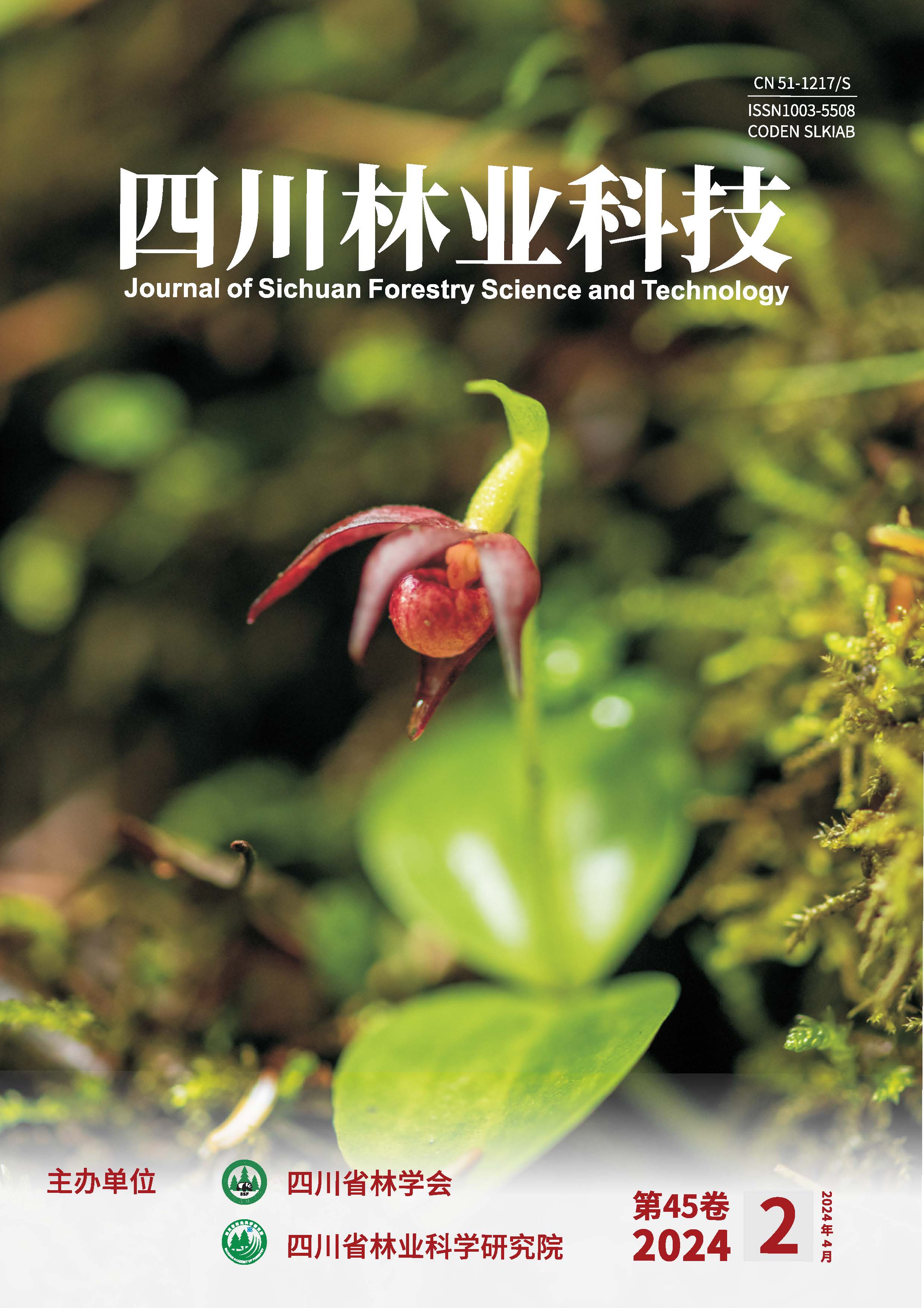





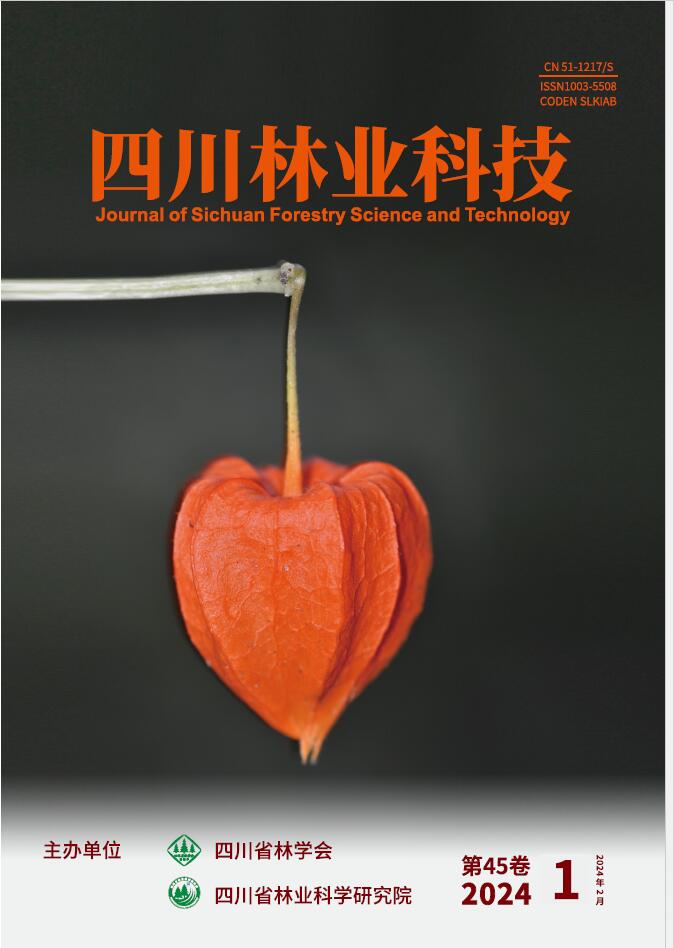
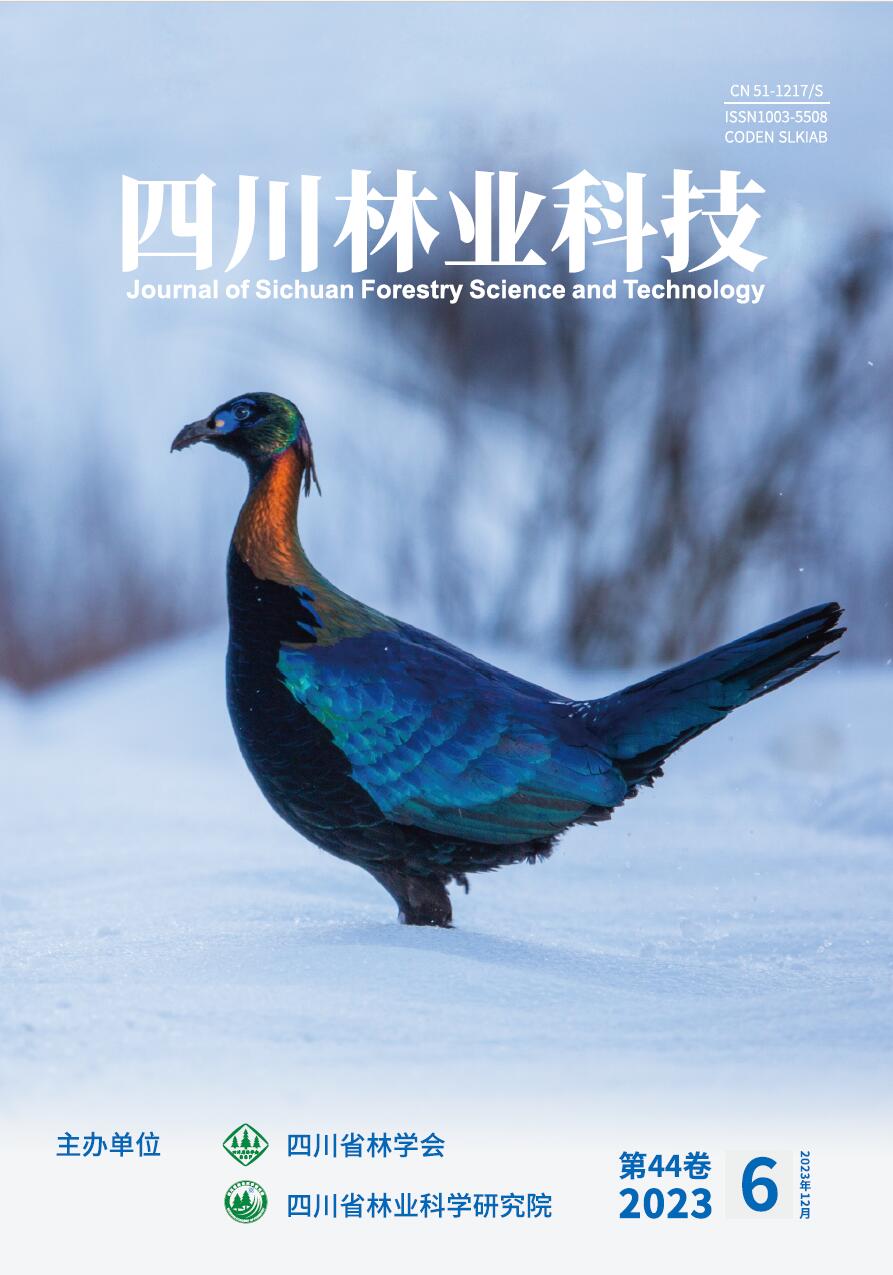
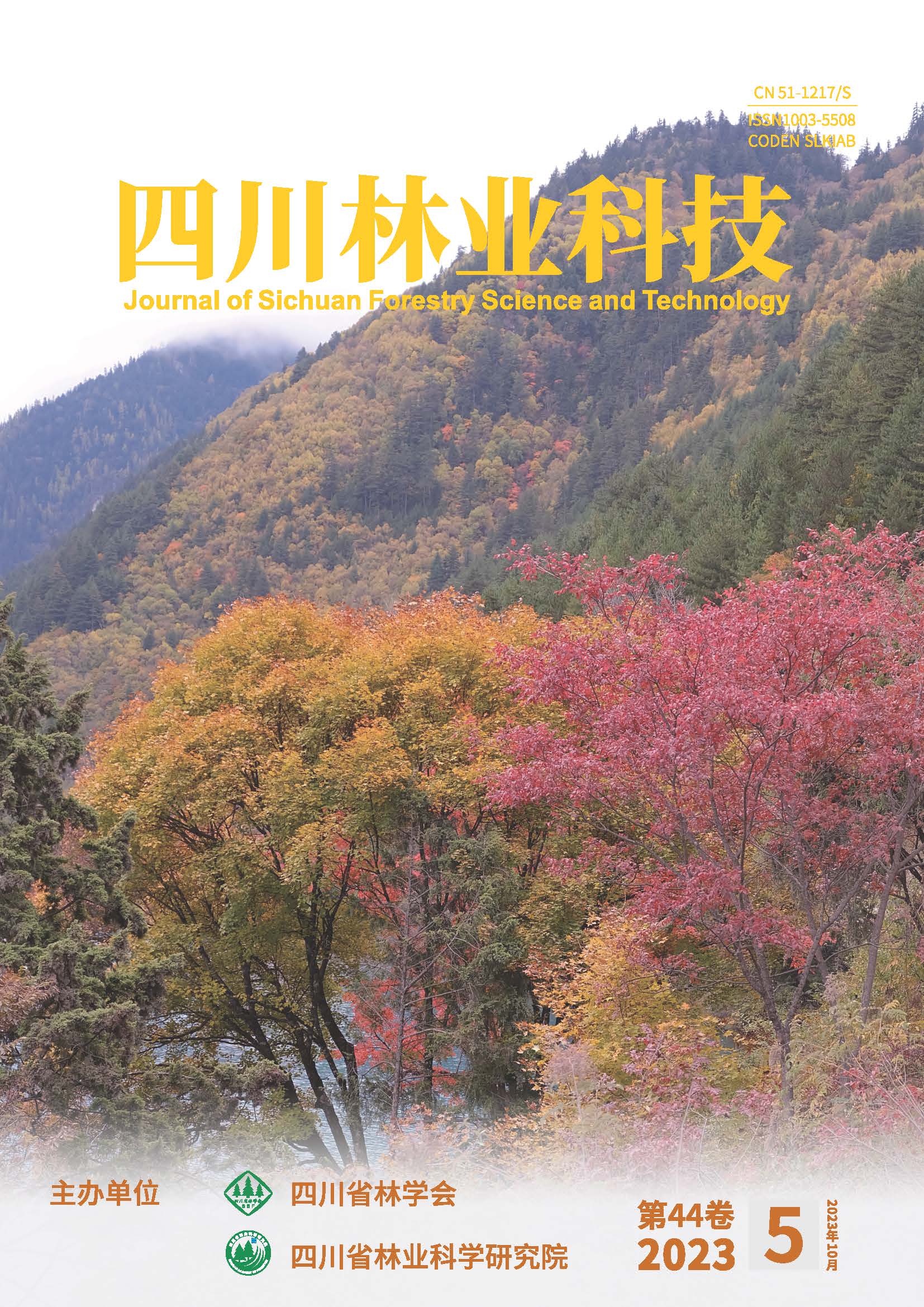
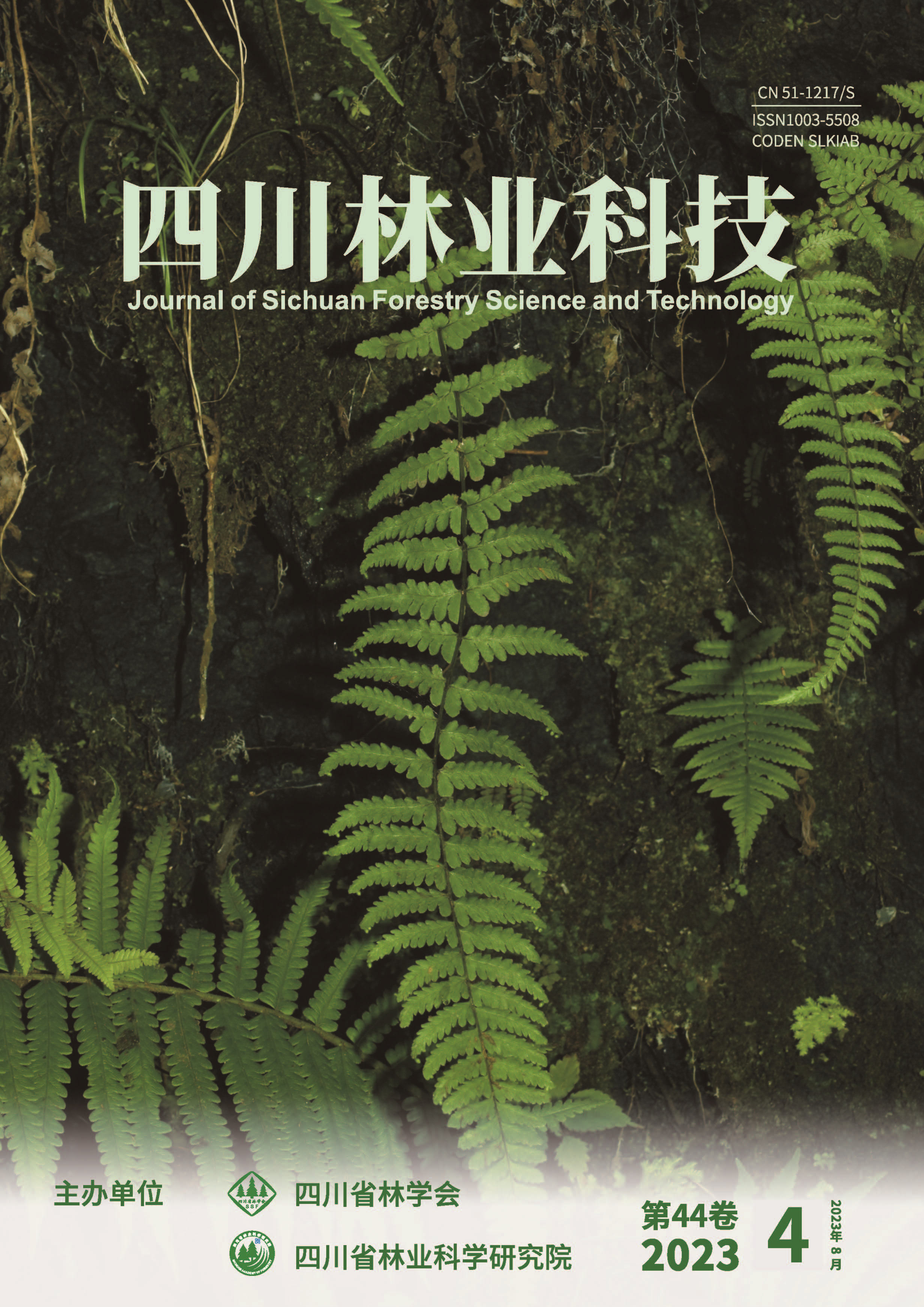
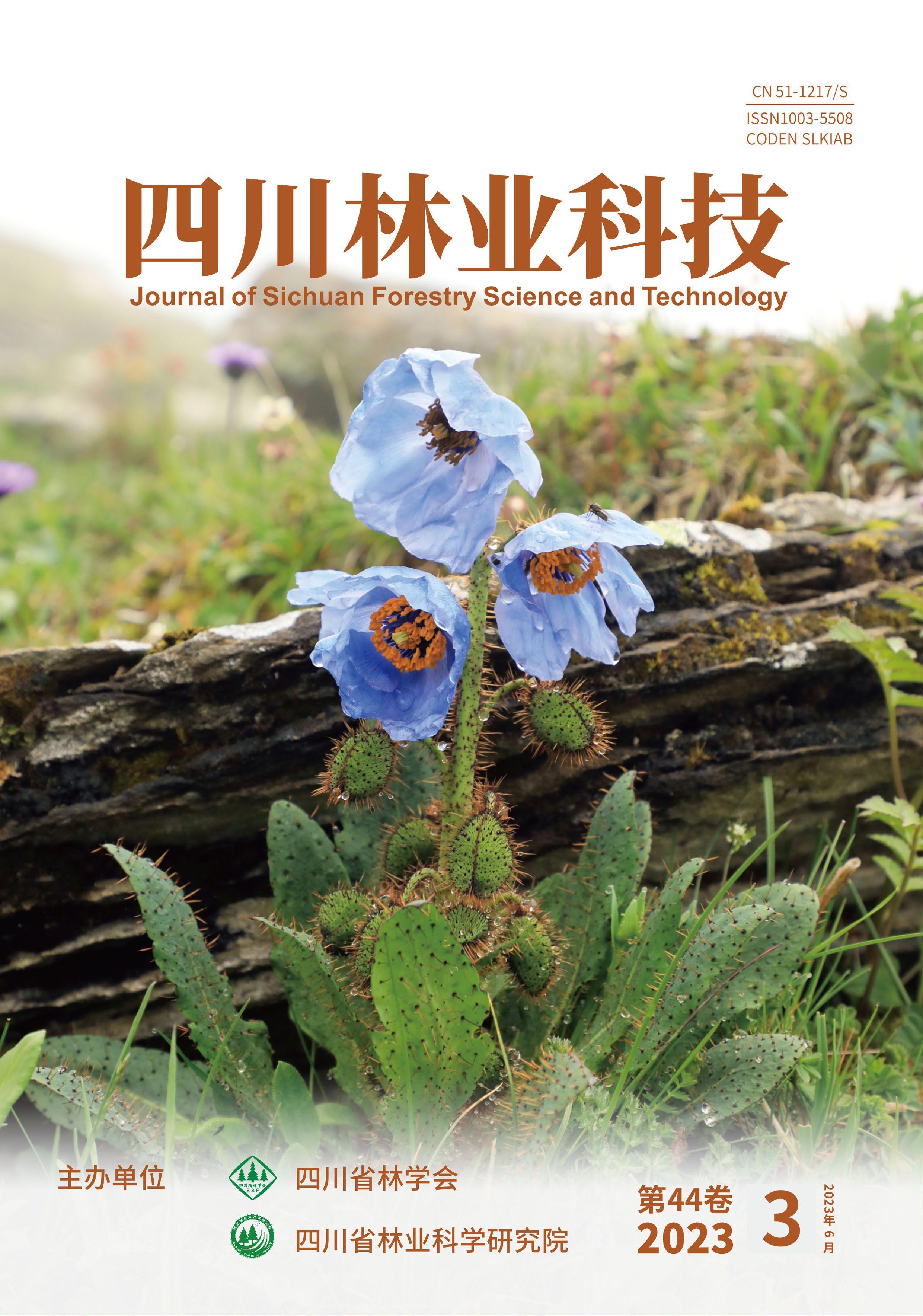
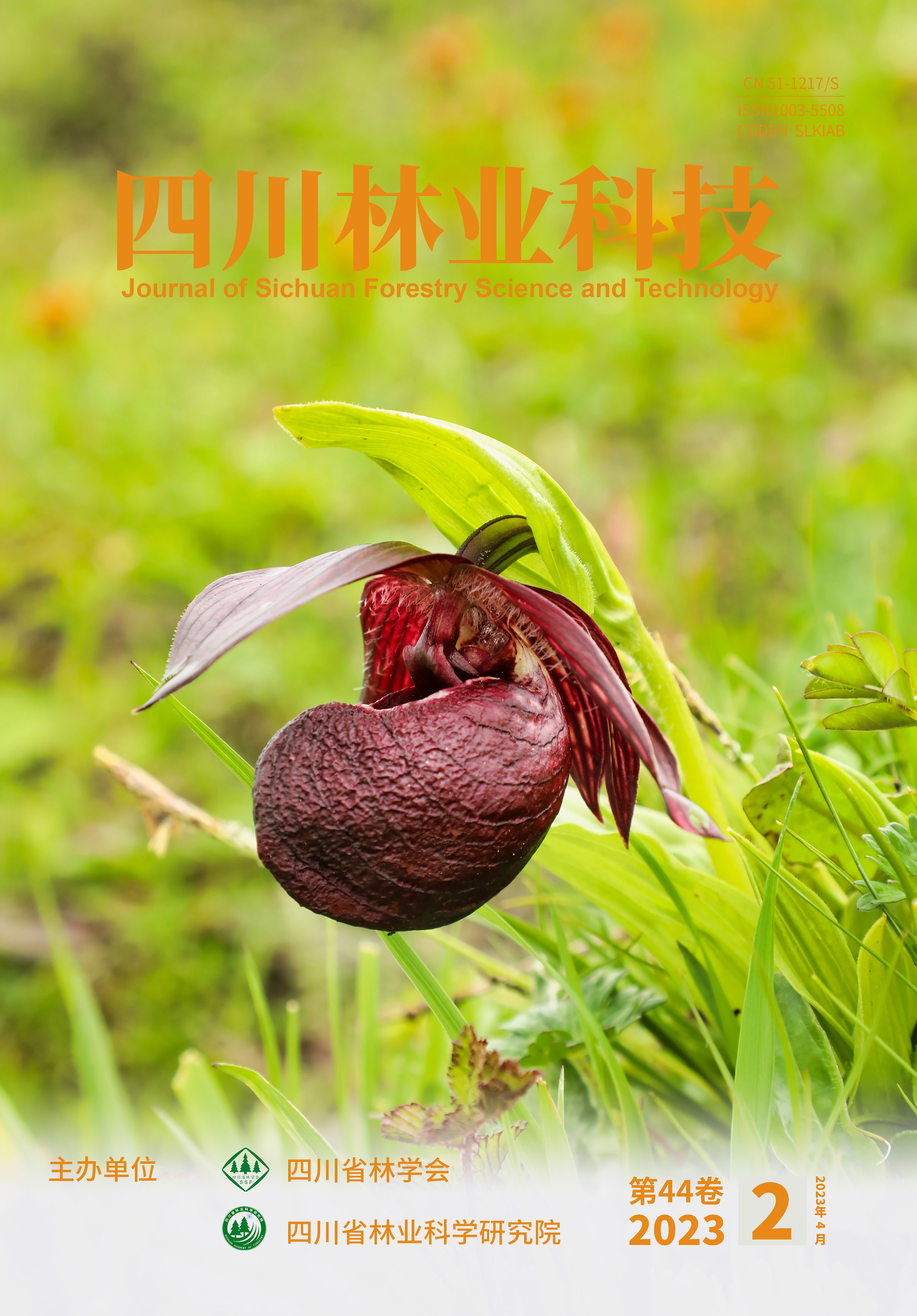
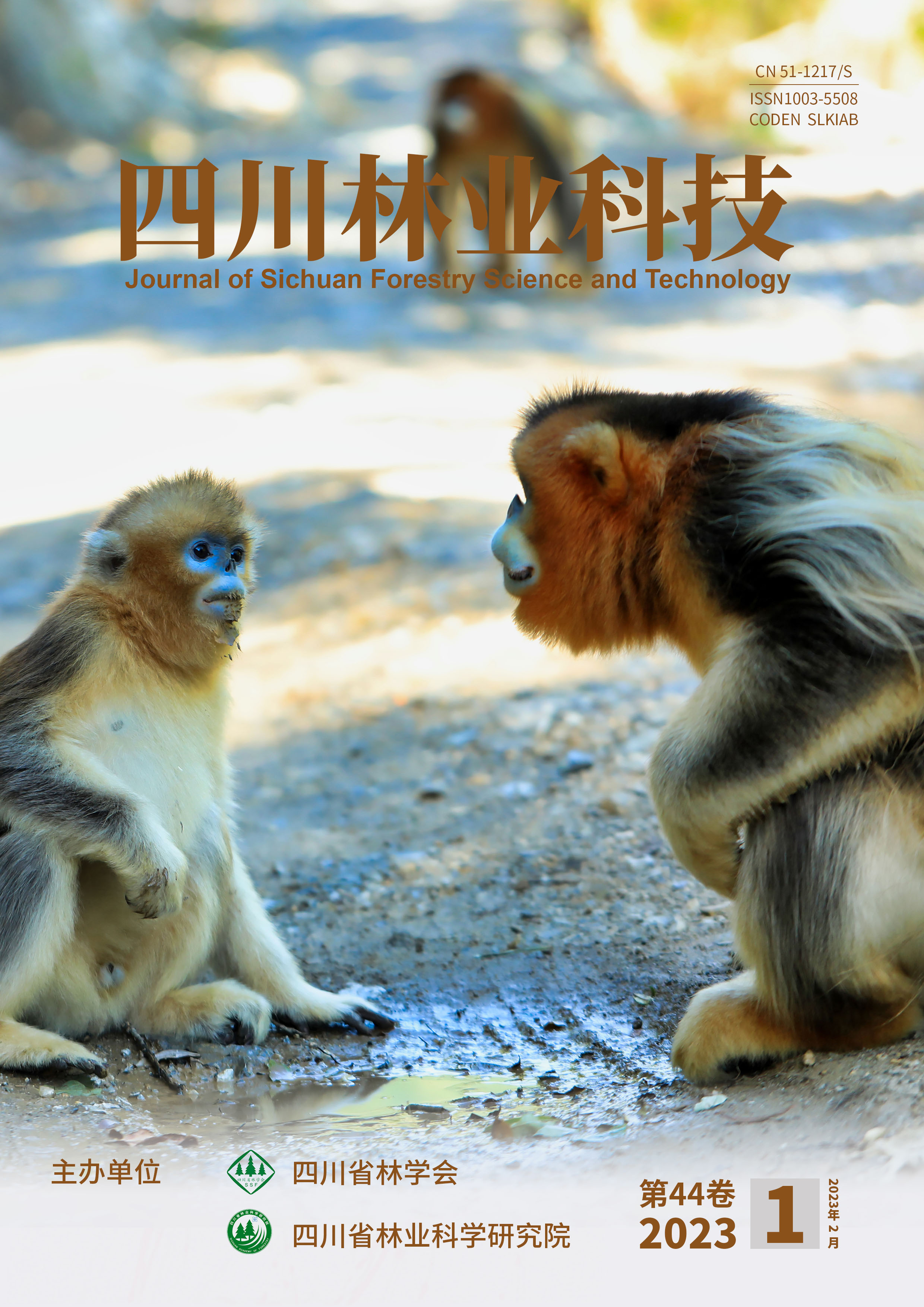


 DownLoad:
DownLoad: